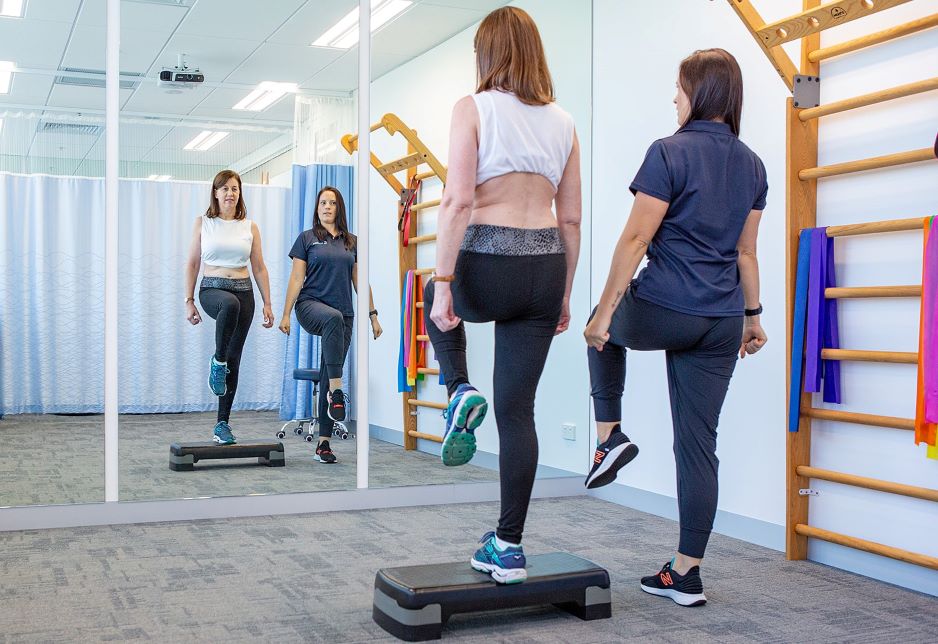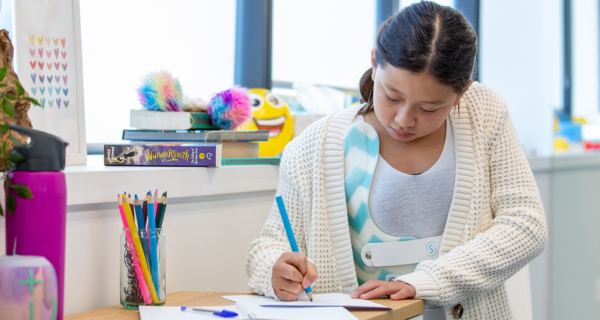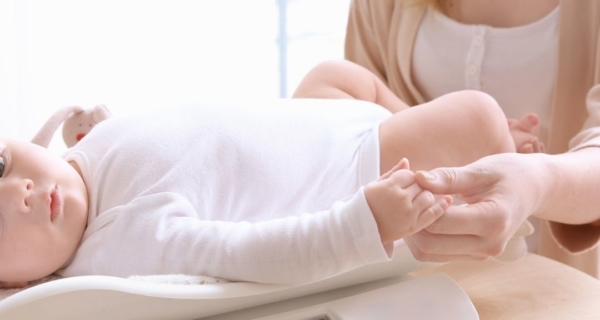When it comes to scoliosis treatment, bracing is a key intervention for many people to improve symptoms and prevent curve progression. However, did you know that combining bracing with Physiotherapeutic Scoliosis Specific Exercises (PSSE) can, in many cases, improve treatment outcomes?
By integrating scoliosis-specific exercises with bracing, many patients can enhance posture, improve muscle balance, and overall spinal stability, leading to better long-term results.
What are Physiotherapeutic Scoliosis Specific Exercises?
PSSE refers to a scoliosis specific rehabilitation program designed for individuals with scoliosis. Unlike general stretching or strengthening exercises, PSSE focuses on spinal alignment, muscle activation, and postural awareness. The patient is taught how to correct their posture in 3D, which is unlike general strengthening programs such as Yoga or Pilates.
These exercises are tailored to each patient’s unique curve pattern, helping to maximize the benefits of bracing. One effective PSSE approach is ScoliBalance®, a scoliosis specific exercise program designed to work alongside bracing to enhance spinal correction and postural control.
ScoliBalance® incorporates a structured approach to help patients create an active self-correction in a 3D manner in order to improve their posture, flexibility, and strength. The patient will often see changes in their postural symmetry and aesthetics, reductions in pain and improvements in functional outcomes. Scoliosis Rehabilitation Therapists are highly trained in this specific area of rehabilitation to be able to customize the scoliosis specific exercises based on each person’s specific scoliosis curve, postural asymmetries and goals, ensuring that the program supports the corrective goals of bracing.


How PSSE Enhances Brace Success
1. Improves Postural Awareness: Bracing works to correct spinal curvature by applying consistent pressure in a 3D manner, and PSSE trains the body to actively enhance and support this correction. Patients become more aware of their posture and learn how to engage the right muscles to maintain an optimal spinal position, even outside of the brace.
2. Strengthens Core and Postural Muscles: A strong core is essential for spinal stability. However ‘general core strengthening’ programs can strengthen the scoliotic posture rather than a corrective posture. PSSE focuses on strengthening postural muscles in a 3D corrected position, which can help the brace work more effectively. When muscles are actively supporting the spine, the brace can work further to maintain and even improve correction, potentially leading to better outcomes.
3. Enhances Breathing Patterns: Many scoliosis specific exercises incorporate breathing techniques to help expand the ribcage and improve lung function. This is particularly beneficial for patients who have moderate to large thoracic curves, or are also wearing a brace, as proper breathing helps maintain spinal mobility and reduces discomfort.
4. Encourages Better Compliance: One of the biggest challenges with bracing is patient adherence. PSSE programs involve active participation, helping patients feel more in control of their treatment. When patients see improvements in their strength and posture, they are more likely to stay motivated and committed to wearing their brace as prescribed.
Who Can Benefit from PSSE?
PSSE is beneficial for patients at various stages of scoliosis treatment:
Children and Teens in a Brace – Helps slow down or stop curve progression while improving postural symmetry and aesthetics, body awareness and flexibility.
Adults with Scoliosis in a Brace – Reduces pain, improves posture, and enhances standing balance, particularly in older adults at risk of falls.
Post-Bracing Patients – Maintains the results achieved by the rehabilitation protocol while maintaining spinal alignment and flexibility, preventing regression after completing bracing treatment.
Take the Next Step
PSSE is a powerful treatment that works hand-in-hand with bracing to optimize scoliosis management. By improving muscle activation in a 3D manner suited to the patient’s curve type and presentation, postural awareness, and flexibility, patients can experience better correction, increased comfort, and greater confidence in their treatment journey.
If you or your child wear a brace, ask your clinician about adding PSSE to your treatment, or find a ScoliBrace Provider near you who can help.


